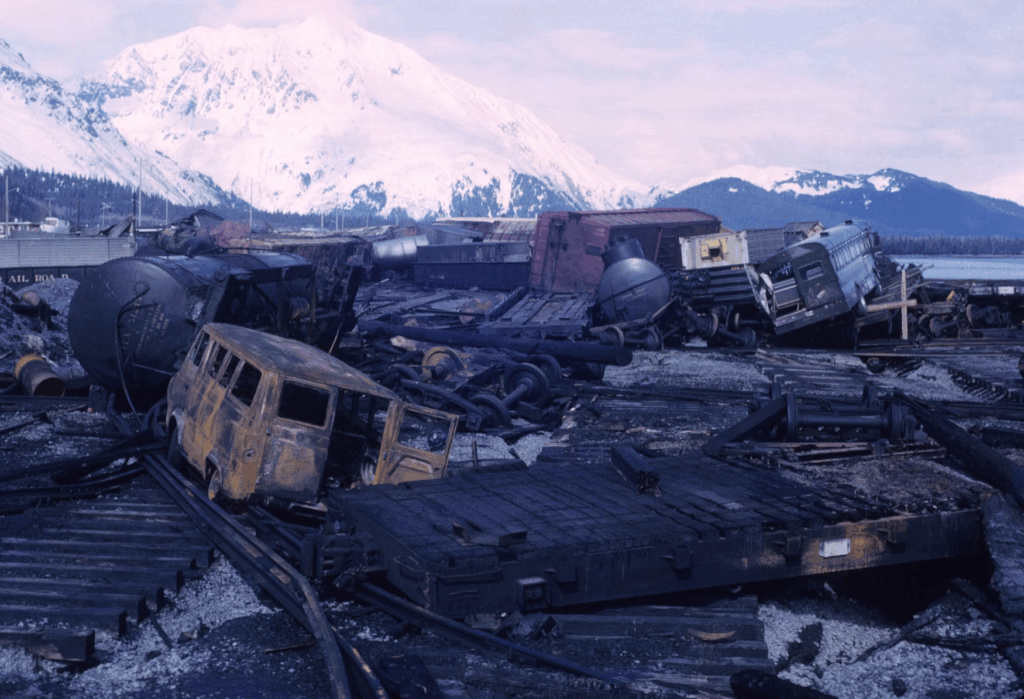Before the Earth Shook: Unsettling Signs and a Catastrophic Quake in Kamchatka
Hours before a massive 8.8-magnitude earthquake struck Russia’s Kamchatka Peninsula, fishermen along the coast noticed the ocean behaving strangely—an eerie stillness, followed by waves pulling away in unnatural patterns. This ominous prelude set the stage for a disaster that would ripple across the entire Pacific, raising haunting questions about the forces beneath—and beyond—our planet.

On Wednesday, the powerful quake shook the remote Kamchatka region, sending tsunami waves as high as 5 meters (16 feet) crashing into coastal communities and triggering emergency warnings from Russia all the way to Hawaii.
The shallow tremor caused buildings to sway violently, damaging structures and injuring residents in the sparsely populated area. In eastern Japan, still scarred by the 2011 tsunami tragedy, authorities swiftly ordered mass evacuations.
Yaroslav, a 25-year-old local from Petropavlovsk-Kamchatsky, described the terrifying moment: “The ground shook relentlessly for about three minutes. It felt like everything would collapse.”
Even surgeons in a local hospital pressed on with operations as the floor quaked beneath them, captured on video released by regional health officials.
Severo-Kurilsk’s waterfront was submerged by the rising tsunami, with boats torn from docks and powerful currents flooding a port and fish-processing plant. Drone footage revealed seawater rushing past buildings and warehouses, engulfing the town’s coastal edge.
Governor Vladimir Solodov called it the strongest earthquake in decades—comparable to the region’s historic 1952 quake.
Across the Pacific, Hawaii braced for impact, with waves reaching 1.7 meters (5.5 feet). Though the Pacific Tsunami Warning Center later downgraded the threat, initial reactions were swift:
evacuations, port closures, and urgent safety advisories. Flights resumed later, except for Maui’s airport, which temporarily remained closed.
The tsunami’s reach extended to California and British Columbia, Canada, where small waves were also reported.
🌊 Tsunami Alert Spreads Worldwide
The U.S. Geological Survey pinpointed the epicenter about 119 km southeast of Petropavlovsk-Kamchatsky at a shallow 19.3 km depth—conditions that intensified the quake’s effects.
Japan enforced coastal evacuations and removed workers from Fukushima’s nuclear plant as a precaution. Harbors cleared as fishing boats hurried out to sea, while residents sought refuge on rooftops under makeshift shelters.
Tragedy struck in Mie Prefecture when a woman died in a car accident while fleeing the tsunami threat. Factories like Nissan paused operations temporarily to ensure worker safety.
Japan experienced three tsunami waves, with the largest reaching 1.3 meters (4.3 feet). Government officials confirmed no serious injuries or nuclear incidents.
Warnings from NHK highlighted the danger of even small tsunami waves, emphasizing the risk to anyone caught in waters as shallow as one meter.
Predictions warned of 1–3 meter waves across the Pacific Rim, with regions like Ecuador, northern Hawaii, and parts of Russia potentially facing waves over three meters.
🌋 The Ring of Fire Awakens Again
Despite the quake’s magnitude, damage in Kamchatka was limited to minor structural harm, including a kindergarten. Authorities reported no confirmed fatalities but said several people sought medical attention.
Severo-Kurilsk’s mayor urged residents to inspect homes and avoid using gas appliances until safety checks could be conducted.
Situated on the volatile Pacific Ring of Fire, Kamchatka is no stranger to seismic upheaval and volcanic fury.
Seismologist Danila Chebrov noted that while the shaking was intense, it was less severe than expected due to the quake’s epicenter traits. Aftershocks were expected but a stronger quake in the near term was unlikely.
✅ Conclusion
The 8.8-magnitude Kamchatka earthquake serves as a stark reminder of the volatile forces shaping the Pacific Ring of Fire. Though immediate destruction was limited, the event triggered widespread tsunami alerts, evacuations, and disruptions from Russia to Japan and across the Pacific. As aftershocks continue, the region remains on high alert—poised and wary of whatever might come next.